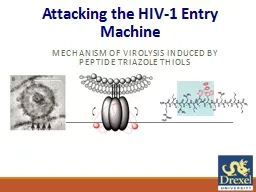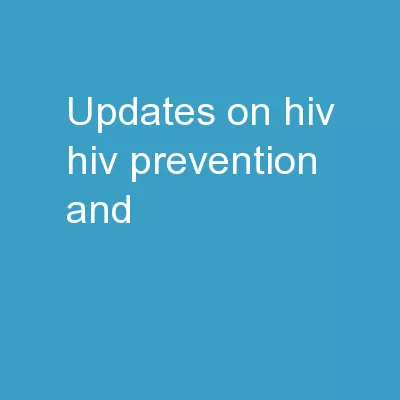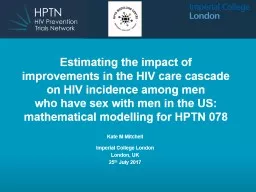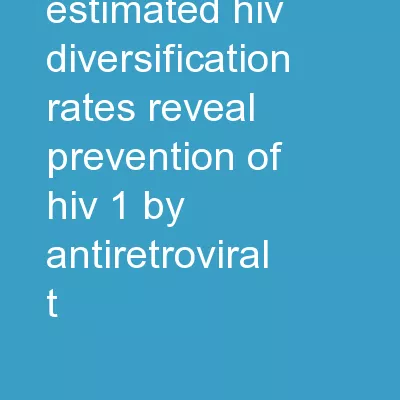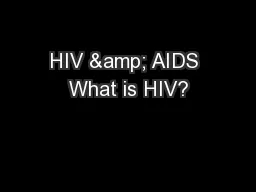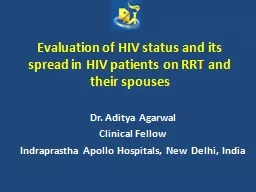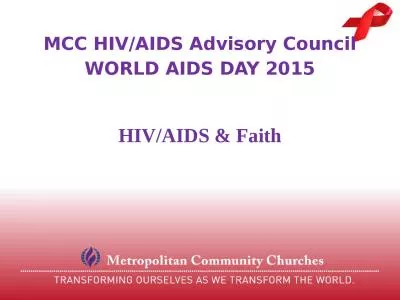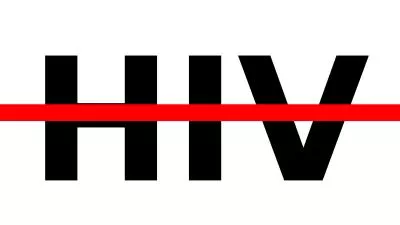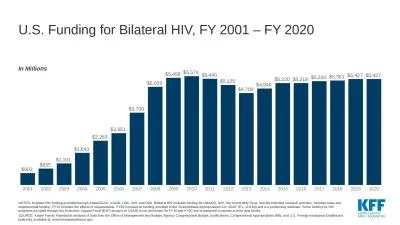PPT-Attacking the HIV-1 Entry Machine
Author : tawny-fly | Published Date : 2016-07-31
Mechanism of Virolysis Induced by Peptide Triazole Thiols HIV1 Uses Dual Receptor Encounter and Metastability To Effect Cell Entry and Infection Can the Two Host
Presentation Embed Code
Download Presentation
Download Presentation The PPT/PDF document "Attacking the HIV-1 Entry Machine" is the property of its rightful owner. Permission is granted to download and print the materials on this website for personal, non-commercial use only, and to display it on your personal computer provided you do not modify the materials and that you retain all copyright notices contained in the materials. By downloading content from our website, you accept the terms of this agreement.
Attacking the HIV-1 Entry Machine: Transcript
Download Rules Of Document
"Attacking the HIV-1 Entry Machine"The content belongs to its owner. You may download and print it for personal use, without modification, and keep all copyright notices. By downloading, you agree to these terms.
Related Documents

